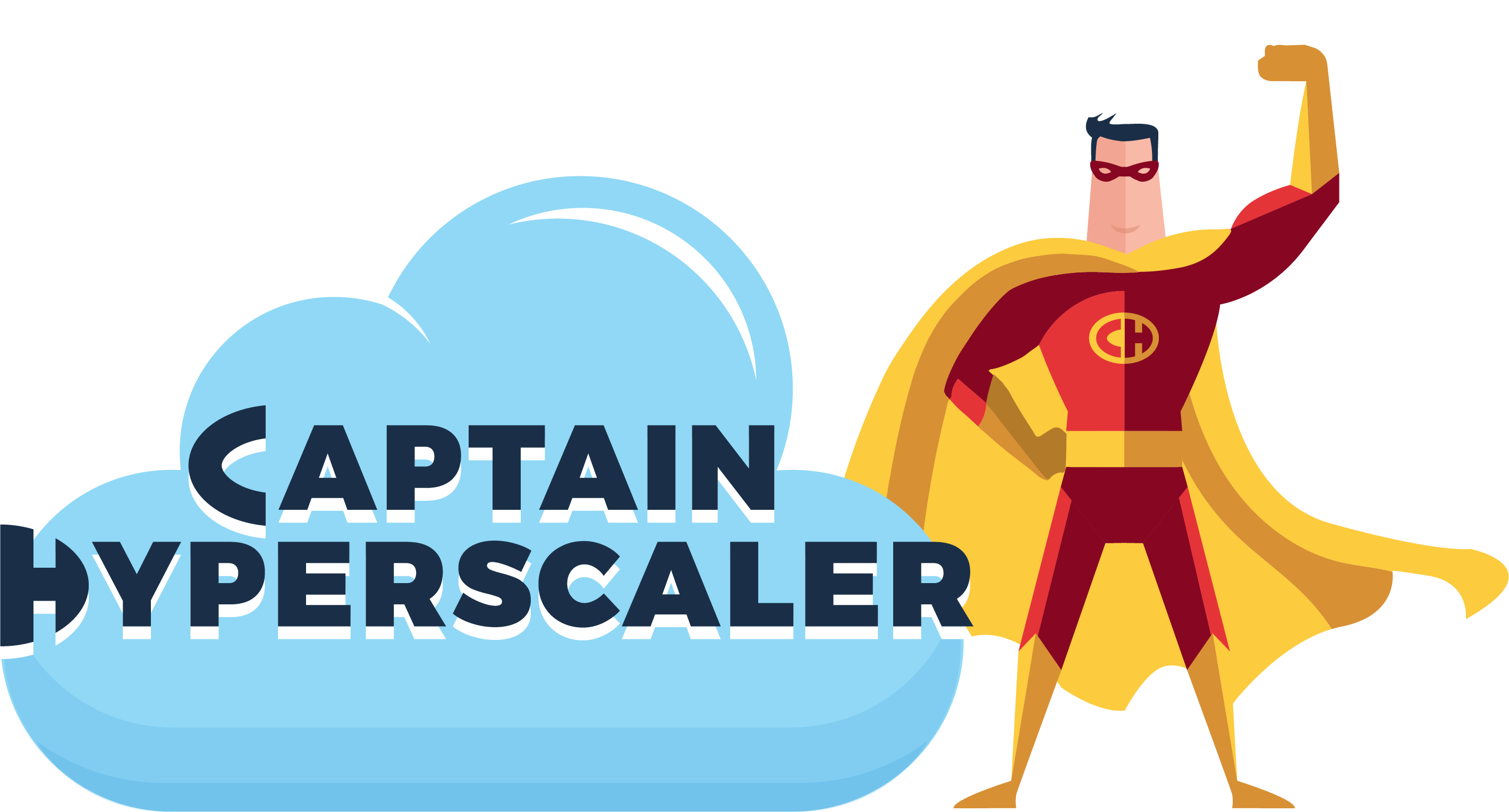What I have learned about DNS and Route 53 on AWS
Amazon-Web-Services ·This is the seventh post of content for preparing yourself for becoming an AWS Solutions Architect Associate.

In this post, we are going to focus on DNS with Route 53 within AWS.
As I have done previously let’s look at the similarities and differences to the closest equivalent in Azure. As I go through this section, I will point out some of the similar platforms. In regards to DNS, Route 53 relates to Azure DNS zones for public DNS https://docs.microsoft.com/en-us/azure/dns/dns-zones-records.
The routing policies for Route 53 can be accomplished in a similar fashion on Azure utilizing user-defined routes. The different routing policy types within Route 53 are defined within Azure with Traffic Manager, Azure Front Door, or Application Gateway policies.
Route 53 DNS
Elastic load balancers are always resolved using a DNS name.
Alias (A) record is the address
CNAME is the directed to another address. Cannot use naked domains (omitting www for example). Require an A record.
SOA - start of authority
NS - name server record. Used by top level domain to direct traffic to the content DNS server.
MX records for email
Domain names are available for purchase within AWS. Domains can take up to 3 days to register.
Route 53 routing policies:
Routing policies are handled within the A records (IPv4 addresses).
- Simple - randomly routes to different regions and IP addresses of the DNS.
- Weighted - route traffic based on a percentage value and can monitor availability with health checks (must be done for each record set). When it fails a health check, that target will be removed from the rotation until it passes.
- Latency-based - routes to location based on the lowest response time. Also can be associated to health checks.
- Failover - used for an active-passive setup. Health check monitors the health of the primary site and will route to the secondary site if primary fails a health check.
- Geolocation - choose traffic routing based on where the DNS requests originate. Helps for local language and currency. NOT based on latency, geolocation forces routing to proper region regardless of Internet speed and latency. Location by country or continent.
- Geoproximity (traffic flow only) - must create a Traffic flow traffic policy. Utilizes the other routing rule types with a bias level.
- Multi-value answer - similar to simple routing but allows health check to be used on each record set.
I hope that you are enjoying this information so far. It is helping me to continue to comprehend these services as I prepare for the exam myself. Thank you very much.
Reference links:
What I’ve Learned about IAM on AWS
https://captainhyperscaler.github.io/amazon-web-services/2022/03/20/aws-iam
What I’ve Learned about S3 on AWS
https://captainhyperscaler.github.io/amazon-web-services/2022/03/20/aws-s3
What I’ve Learned about EC2 on AWS
https://captainhyperscaler.github.io/amazon-web-services/2022/03/22/aws-ec2
What I’ve Learned about EBS on AWS
https://captainhyperscaler.github.io/amazon-web-services/2022/03/22/aws-ebs
What I’ve Learned about Cloudwatch on AWS
https://captainhyperscaler.github.io/amazon-web-services/2022/03/22/aws-cloudwatch
What I’ve Learned about RDS on AWS
https://captainhyperscaler.github.io/amazon-web-services/2022/03/22/aws-rds
What I’ve Learned about Route 53 on AWS
https://captainhyperscaler.github.io/amazon-web-services/2022/04/01/aws-dns
What I’ve Learned about VPC on AWS
https://captainhyperscaler.github.io/amazon-web-services/2022/04/01/aws-vpc
What I’ve Learned about High Availability on AWS
https://captainhyperscaler.github.io/amazon-web-services/2022/05/01/aws-ha
What I’ve Learned about Applications on AWS
https://captainhyperscaler.github.io/amazon-web-services/2022/05/02/aws-apps
What I’ve Learned about Security on AWS
https://captainhyperscaler.github.io/amazon-web-services/2022/05/03/aws-security
What I’ve Learned about Lambda and serverless on AWS
https://captainhyperscaler.github.io/amazon-web-services/2022/05/04/aws-serverless
